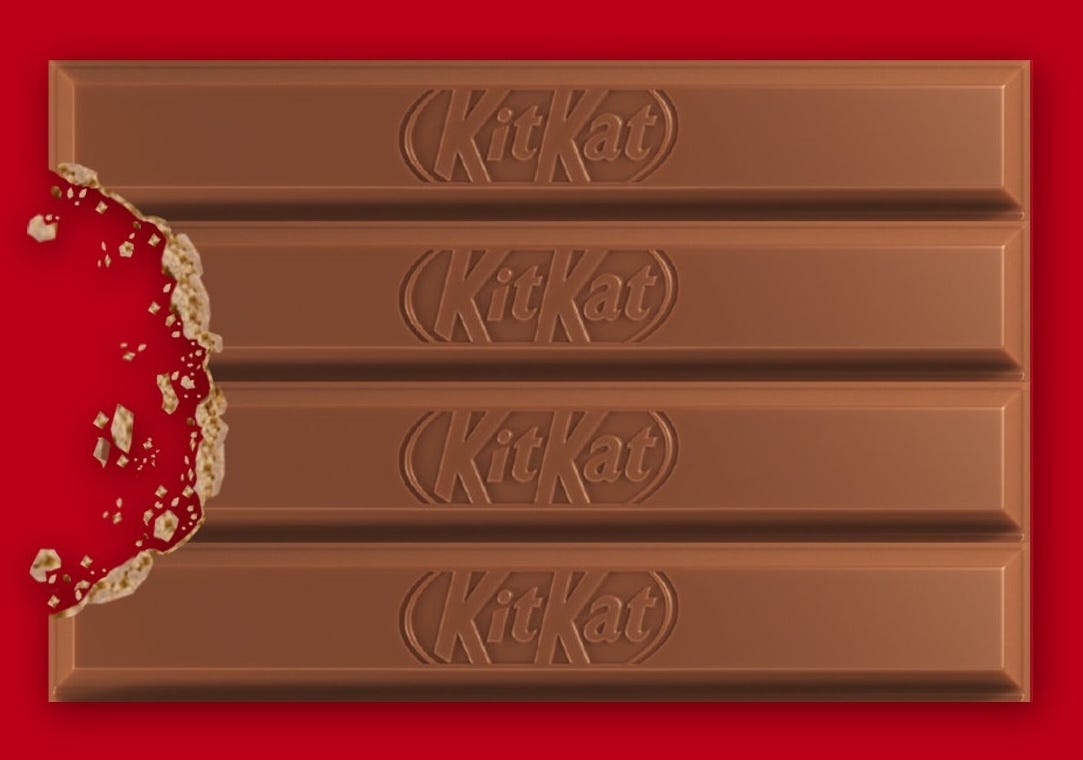Unit Bias
What is it, and how can you use it to your advantage?
What is unit bias and how can you use it to your advantage?
If you’ve ever felt the urge to finish that candy bar, bag of chips, book, or movie, because you see it as the “natural” amount to consume or complete, then you’ve probably experienced Unit Bias.
Unit Bias is the tendency of human beings to think that a single unit of something is the appropriate amount, regardless of actual needs.
Unit bias is why we schedule a thirty minute meeting — because our calendar divides our day into thirty-minute units.
Unit bias is why restaurants offer small plates at happy hours and buffets — because we assume these small plates are the “natural” unit size and take less food.
Unit bias is why we prefer to buy one unit of a “lower-priced” stock instead of spending the same amount of money on fractional ownership of a “higher-price” stock — because we prefer to own a full unit instead of a fraction.
Once you are aware of Unit Bias, you can use it to your advantage:
Use smaller plates and food containers for effective portion control.
Break down projects or tasks into smaller, achievable units to increase participation rates. This approach makes progress less intimidating and rewards individuals with a sense of accomplishment along the way (this has worked well with my kids’ homework).
Design your user interfaces, like customer sign-up pages or onboarding, into identifiable units that give users the recognition and satisfaction of finishing a unit.
Organize your company’s offerings into understandable units. For example, new customers sign-up for a single package of software, implementation services, and on-going support.
Organize varied educational content into an identifiable unit. For example, a group of lessons and a workshop are jointly offered as an Immersion Day.


